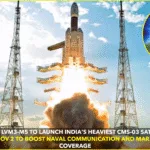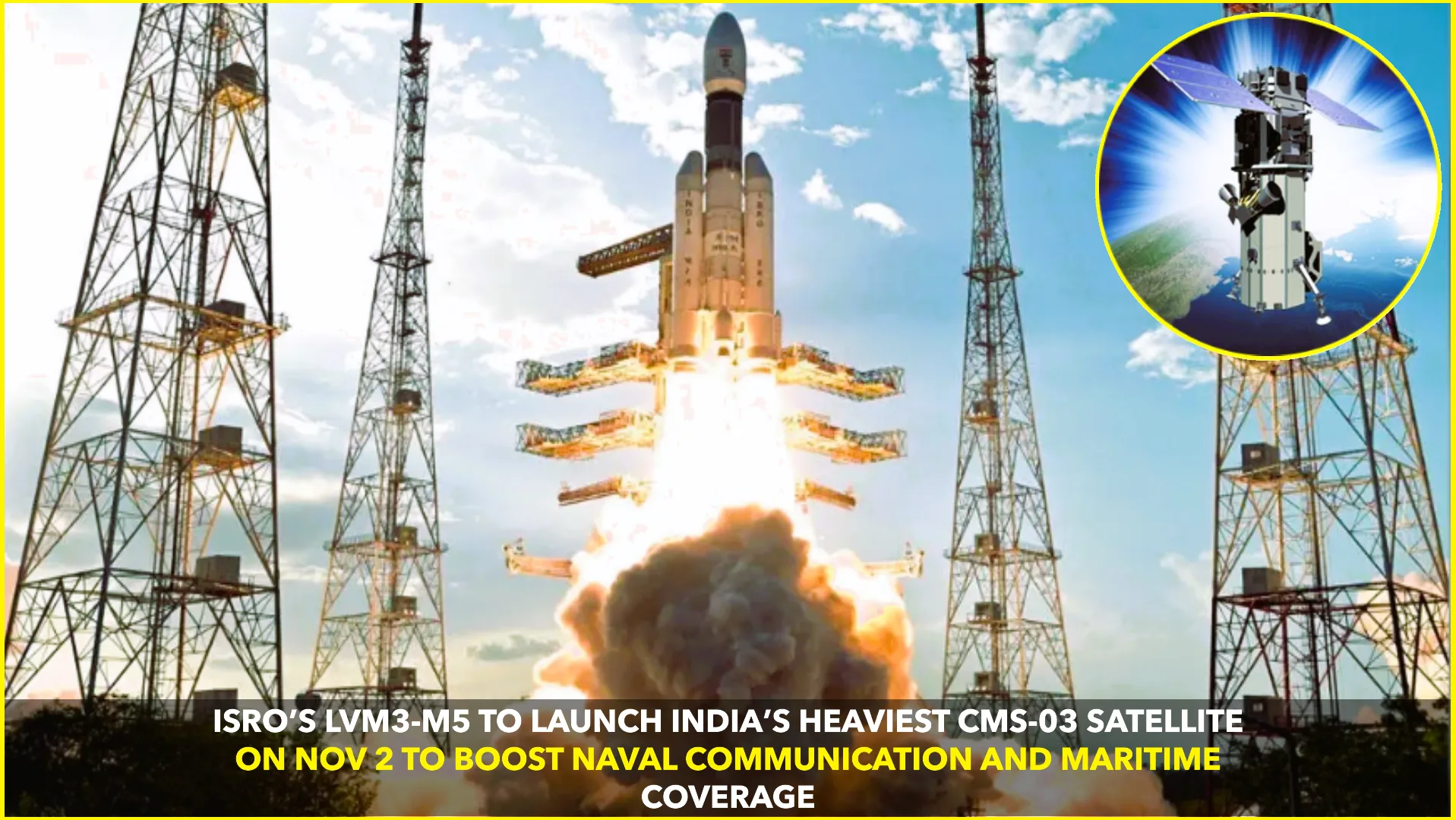In a development that could reshape the future of surveillance and space observation, Chinese scientists have successfully tested a laser-based imaging camera capable of detecting astonishingly fine details from a distance of 62 miles. The breakthrough, reported after a test over Qinghai Lake in northwest China, shows the system can capture objects as small as two millimeters—about the thickness of a human hair.
This remarkable feat is being hailed as a leap beyond the limitations of traditional spy cameras and telescopes. Conventional optical systems rely on glass or mirror lenses, and their clarity diminishes with distance due to atmospheric distortions, light scattering, and the size of the lenses themselves. The new laser system, however, operates on an entirely different principle, giving it a sharpness nearly 100 times greater than current high-end surveillance devices.
How the Technology Works
Instead of relying solely on light passing through lenses, the Chinese team used laser-based imaging, a method that sends beams of light toward a target and measures how they bounce back. This technology, known as “synthetic aperture imaging,” stitches together returning signals to form a hyper-detailed picture. By combining high-power lasers with advanced sensors and computing, scientists overcame the usual limits of resolution seen in long-distance viewing.
The Qinghai Lake test proved that this was not just a laboratory idea but a functioning system in real-world conditions. At 62 miles (roughly 100 kilometers), the camera picked out tiny objects just 2 millimeters wide—equivalent to reading the fine print on a label from one city to another.
Why It Matters
Such capability is not just a scientific achievement; it has clear strategic and military implications. A camera this powerful could be used to monitor borders, track military installations, and even spot equipment movements from extreme distances. For space research, it could improve the ability to study satellites, space debris, and celestial bodies with unprecedented clarity.
Experts suggest this breakthrough could also influence civilian industries. Fields like environmental monitoring, disaster management, and even astronomical observation could benefit from ultra-sharp laser imaging. For example, tracking melting ice sheets or monitoring air quality particles over large distances might become more accurate with such technology.
Comparison with Existing Systems
Typical spy satellites and high-end telescopes provide powerful zoom capabilities, but they are limited by lens size, weather conditions, and atmospheric distortion. To put the leap in perspective, if a normal spy camera could spot an object the size of a car from far away, this new laser camera could distinguish the details of the car’s license plate or even scratches on its surface from the same distance.
Researchers highlight that the camera’s resolution is approximately 100 times better than current lens-based systems. This makes it a disruptive technology in the global race for surveillance supremacy.
Global Reactions and Concerns
While China has not publicly detailed whether the laser camera will be adapted for military use, the international community is closely watching the development. Military analysts note that such technology could shift the balance of power in intelligence gathering. If deployed on satellites, it might give China an edge in tracking movements on land or even monitoring activities in space.
There are also privacy and ethical concerns. If such cameras eventually make their way into civilian use, they raise questions about surveillance boundaries. Could cities one day be monitored from hundreds of kilometers away without residents even knowing? These debates are likely to grow louder as the technology advances.
Looking Ahead
For now, the achievement remains largely scientific, demonstrating the possibilities of combining laser physics, advanced optics, and computing power. However, history has shown that groundbreaking science often finds its way into practical—and sometimes controversial—applications.
China’s success with this laser camera marks a significant moment in the ongoing technological competition among major global powers. With its ability to spot hair-thin details from 62 miles away, the system sets a new benchmark in what surveillance and observation technologies can achieve.
Whether this becomes a tool for space exploration, environmental science, or global security, one thing is certain: the world has just stepped into a new era of seeing the unseen.










